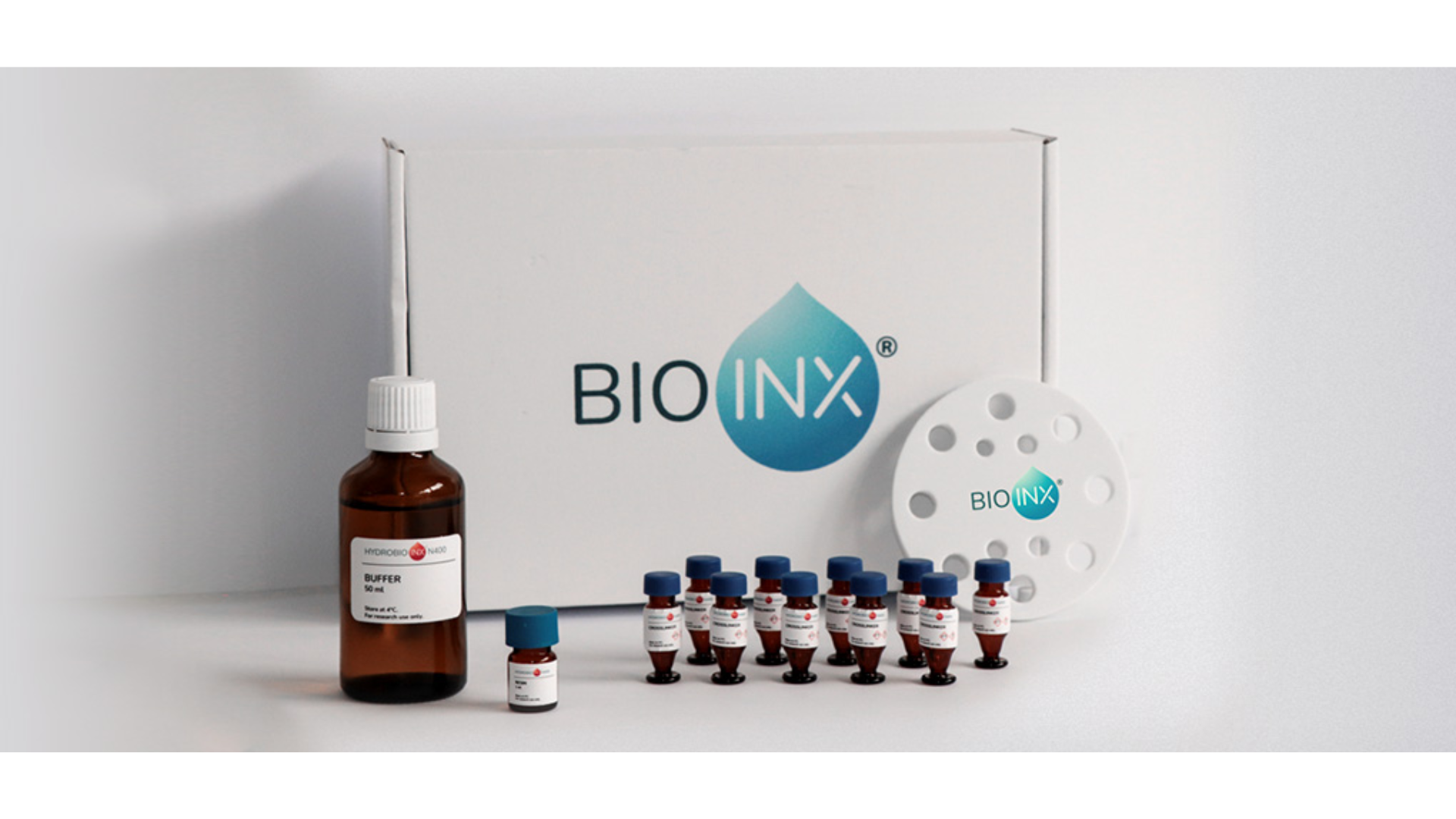
November 8, 2022 —BIO INX launched Hydrobio INX N400, the first commercially available bioresin enabling live cell encapsulation in 3D printing with Nanoscribe’s Two-Photon Polymerization technology. This new biocompatible resin opens the path for high-resolution biofabrication. The material is especially designed with the ability for cell encapsulation in combination with cell seeding for the fabrication of complex biomimetic tissues. With this launch BIO INX and Nanoscribe expand their partnership to move the 3D biofabrication technology closer to the needs of applications in the life sciences, biosciences and biotechnology.
3D biofabrication is an emerging application field of high-precision 3D printing based on Two-Photon Polymerization (2PP). In this field, cells act as building blocks to precisely construct living materials, such as tissues, and for pharmaceutical and regenerative medicine applications. However, there are few commercially available 2PP photoresins that can be mixed with cells to create cell-laden bioresins and enable live cell printing. Hydrobio INX N400 is BIO INX’s new material that enables cell encapsulation in 3D printing and is especially designed for 3D Microfabrication with Nanoscribe’s Photonic Professional systems.
The high-resolution 3D printing technology of Two-Photon Polymerization has already demonstrated their application potential for printing microscale architectures that mimic the geometry and complexity of natural tissues. With the new material, users of the Nanoscribe Photonic Professional systems can fully leverage the potential of 2PP for biosciences and biomedical applications. “Until now, you had to add inorganic additives to our photoresins to obtain functional materials. With the introduction of Hydrobio INX N400, our customers now benefit from a proven product with the ability to encapsulate cells as living ingredients for 4D materials,” states Remmi Baker-Sediako, Life Sciences Business Development Manager at Nanoscribe.
Furthermore, the high precision and ability of 2PP to print directly into microfluidic chips make this bioresin suitable for organ-on-a-chip applications. Here, cell encapsulation is key to generate more realistic microorgans. Users can mix their specific cells with Hydrobio INX N400 to produce customized cell-loaded bioresins suitable for cell encapsulation. The new bioresin can help to bring about a paradigm shift in the field of drug screening and drug discovery, reducing animal testing, by implementing 3D biofabrication of living tissues. “The combination of the expertise at BIO INX for biomaterials development, with the world leading expertise of Nanoscribe in the development of cutting edge two-photon lithography equipment can generate a paradigm shift in the field of biofabrication thereby bringing the technology closer to real life applications.” – Jasper Van Hoorick, CEO of BIO INX.


